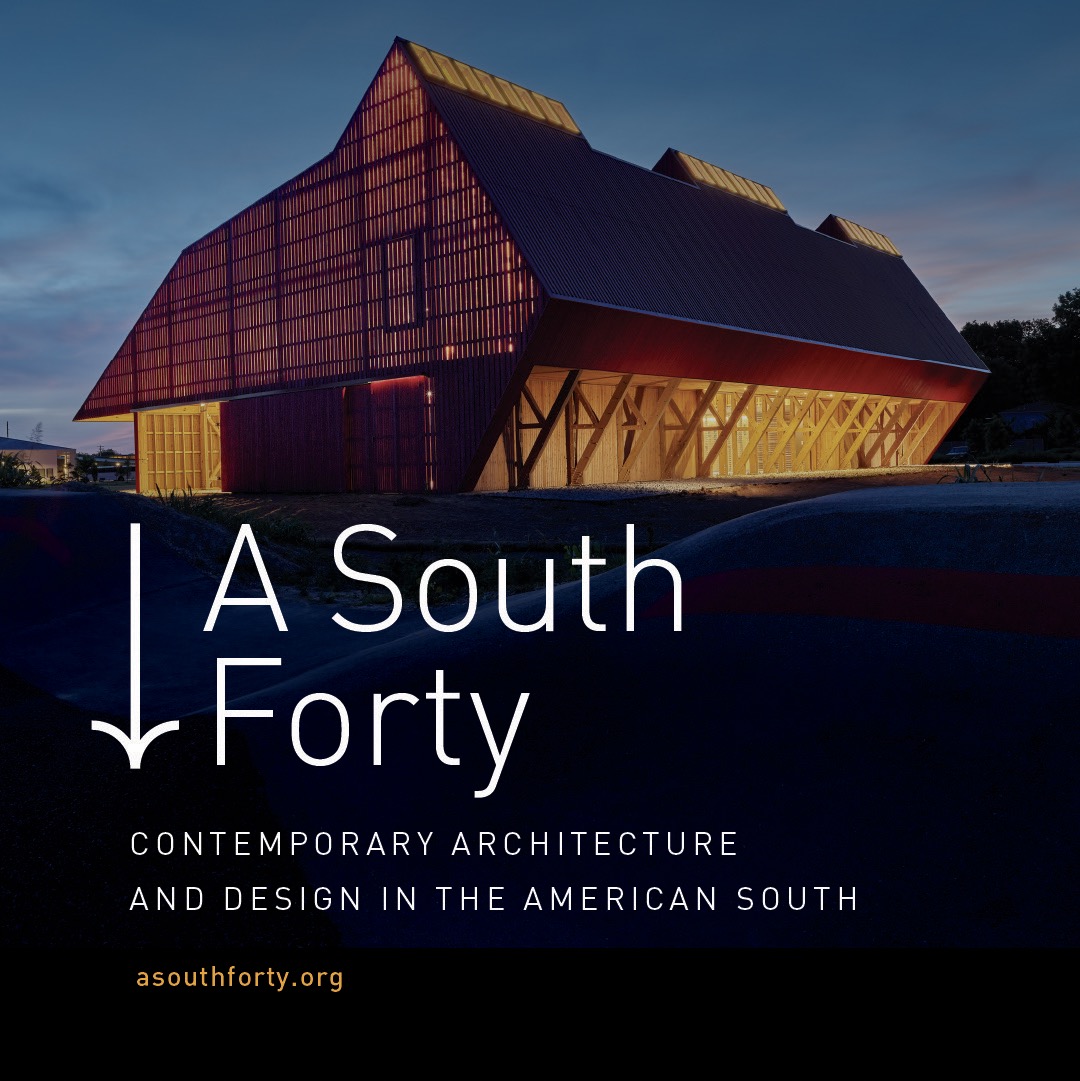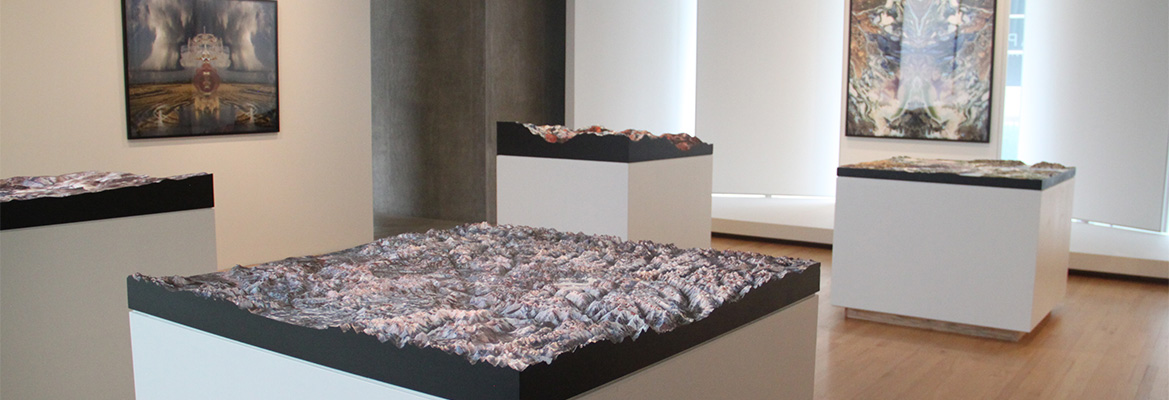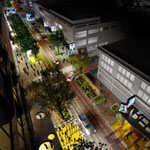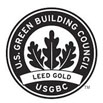
The exhibition “A South Forty: Contemporary Architecture and Design in the American South” will be on display Sept. 23 through Dec. 16 in Vol Walker Hall on the U of A campus.
The exhibition “A South Forty: Contemporary Architecture and Design in the American South” was organized and curated by the Fay Jones School of Architecture and Design at the University of Arkansas, working with Modus Studio of Fayetteville. It was originally installed to coincide with the 2021 Venice Architecture Biennale, where it was displayed for six months.
Now, the exhibition has been reconfigured to fit the space in the main corridor of Vol Walker Hall, where it remains on display Sept. 23 through Dec. 16. It coincides with a symposium hosted by the Fay Jones School on Sept. 23 and 24, called “The Place of Practice. The Practice of Place.”
The exhibition features nearly 40 practices, including five led by Fay Jones School faculty — Marlon Blackwell Architects; SILO AR+D; Somewhere Studio; the U of A Community Design Center; and the U of A Urban Design Build Studio.
Peter MacKeith, dean of the Fay Jones School, and Jonathan Boelkins, teaching assistant professor, organized, curated and designed the exhibition.
In partnership with the Oxford American, the highly regarded quarterly literary magazine, the exhibition also was featured in the magazine’s summer 2021 issue, which focused on the idea of “place” within the culture of the American South. The exhibition takes its cues from the critically successful and popularly appealing annual Oxford American issue highlighting the music of the American South and proposes that architecture and design (the built environment) are as reflective and definitive of the culture and values of society as the forms of music that animate that society.
Modern architectural history in the regional context of the American South is conventionally framed by singular figures, from Paul Rudolph and the Sarasota School of Architecture in Florida to Fay Jones and Bruce Goff in the Ozarks and Oklahoma, or stereotypical typologies and appearances. In counterpoint, “A South Forty” aims to provide an overview of the current vitality of contemporary architecture and design in the American South, through both illustrated profiles of buildings and practices, and statements of principles and observations by those in practice in the region.
The contemporary “story” centers on the development of architecture and design in the American South over the last generation (from 1990 forward) as the region undergoes rapid economic and population growth, withstands and recovers from multiple natural disasters, and discovers a more complex and diverse identity amidst the historical societal traditions and conventions. Such a mapping of the American South in these terms opens new and essential territories for work in architecture — more positive, empowering, engaged, sensitive and aware work altogether.
The mapping of “A South Forty” geographically is organized along the armature of Interstate 40, running west from the North Carolina Atlantic seacoast through the southeastern states to an inflection point in Oklahoma. Approximately 40 participating practices in the exhibition are drawn from the larger southeastern region along this latitude.
“A South Forty” also features the design work of the following practices: Alterstudio Architecture; Archimania; ARCHITECTUREFIRM; Dake Wells Architecture; de Leon + Primmer Architecture Workshop; DEMX Architecture; Duvall Decker; Ecological Design Group; El Dorado / KSU Design + Make Studio; EmeryMcClure Architecture; EskewDumezRipple; Evoke Studio Architecture; Frank Harmon Architect; Fultz & Singh Architects; Helix Architecture + Design; Hobgood Architects; Ray Huff Architect; Hufft; In Situ Studio; Jennings + Santa-Rita Architects; Katherine Hogan Architects; Modus Studio; Office of Jonathan Tate; Patterhn Ives; Pendulum Studio; Polk Stanley Wilcox Architects; Rural Studio, Auburn University; Sanders Pace Architecture; Studio A Architecture; The Raleigh Architecture Company; Unabridged Architecture; Vines Architecture; and W.G. Clark Architect.
The exhibition hours are 8 a.m. to 5 p.m. Mondays through Fridays.



